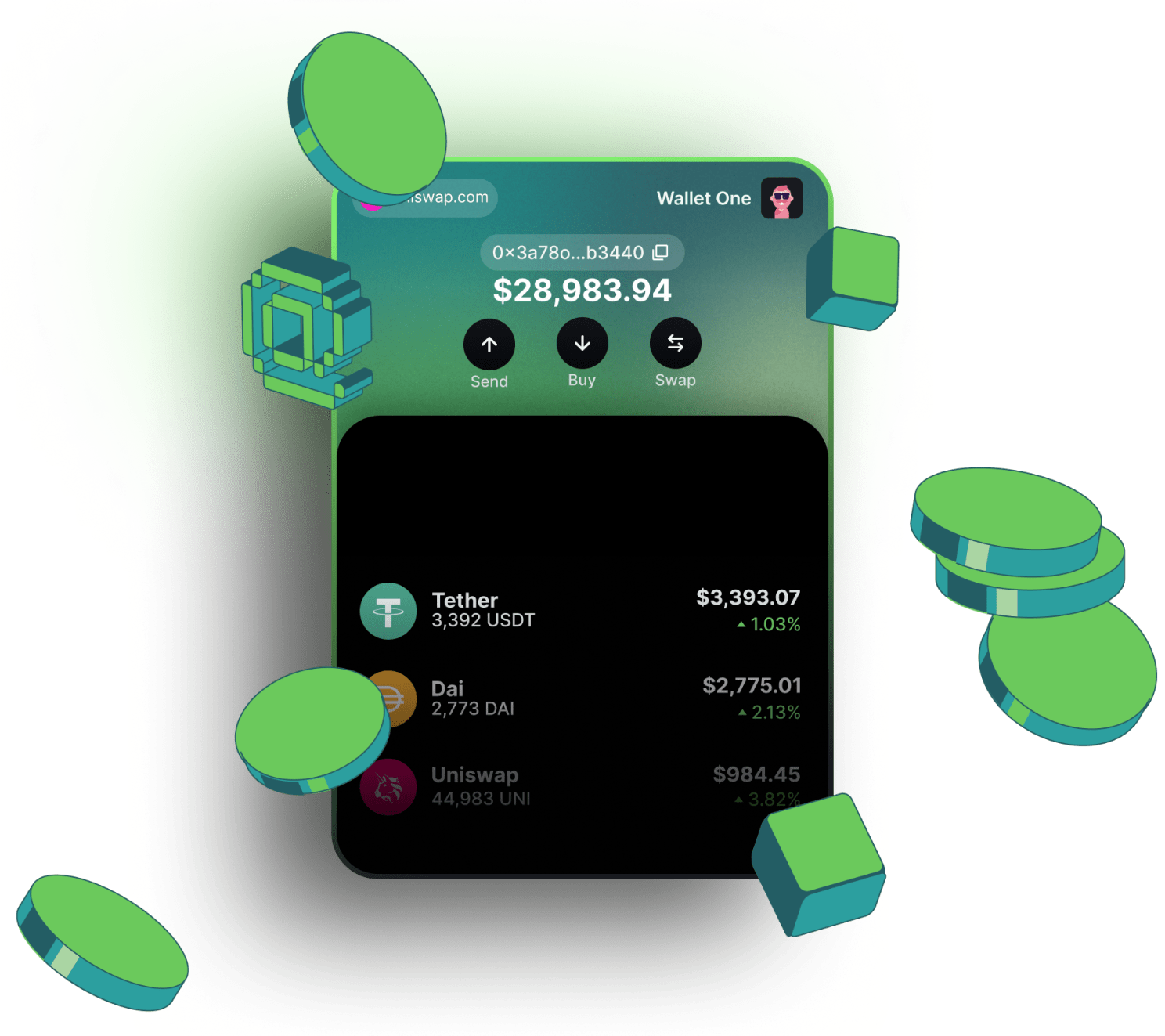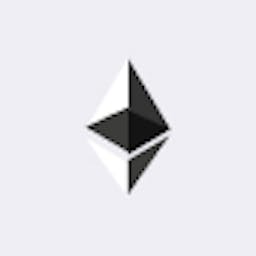Wigwam is the best  Katana blockchain crypto wallet
Katana blockchain crypto wallet

Why choose the Wigwam crypto app?
Work with Katana Testnets and Mainet
Buy Katana tokens, including native token, by using a credit card
Swap Katana-based tokens directly in the wallet
Possibility to connect the wallet to all Katana blockchain dAps: DeFi, DAO, Gamings, etc
How to get a Katana address in Wigwam web wallet
Create a wallet in Wigwam
Choose a Katana network from the dropdown menu
Copy you Katana address
Katana Blockchain Review
Katana is a new-generation blockchain designed as a Layer 2 solution built on Polygon’s AggLayer and Chain Development Kit (CDK). It aims to combine scalability, speed, and low costs while staying fully compatible with the Ethereum Virtual Machine (EVM). This makes it highly attractive for developers, projects, and users who want the benefits of Ethereum’s ecosystem without the high gas fees and congestion.
Technology and Infrastructure
Katana leverages zero-knowledge rollups (zk-rollups) to provide secure scaling. Transactions are bundled off-chain and then verified on Ethereum through cryptographic proofs, which ensures both efficiency and trustlessness. Its reliance on Polygon’s AggLayer infrastructure allows Katana to connect seamlessly with other Layer 2 networks, creating interoperability and liquidity bridges across ecosystems.
The use of Polygon CDK gives developers modular tools to build applications with Ethereum-level security while significantly reducing complexity. This ensures that dApps built for Ethereum can migrate to Katana with little to no modifications.
EVM Compatibility
Katana is fully EVM-compatible. Developers can deploy smart contracts written in Solidity, interact with them using familiar tools such as Hardhat or Truffle, and connect through wallets like MetaMask or WalletConnect. This compatibility also extends to token standards: ERC-20, ERC-721, and ERC-1155 are natively supported. For developers and businesses, this lowers entry barriers and speeds up adoption since no new programming language or tooling is required.
Performance and User Experience
Katana is built to prioritize fast transaction finality and extremely low fees. By processing most transactions off-chain and submitting proofs to Ethereum, it significantly reduces costs compared to Layer 1. For users, this means cheaper swaps, NFT mints, and gaming interactions. Its integration with popular EVM wallets provides a smooth onboarding experience, making it accessible even for people new to blockchain.
Ecosystem and Use Cases
Katana is positioning itself as a hub for DeFi, NFTs, and gaming. Thanks to its performance and low costs, it is particularly suited for high-volume use cases like play-to-earn games, social applications, and microtransactions. Developers and communities are already beginning to deploy decentralized exchanges, NFT platforms, and GameFi projects on Katana. Because it connects via the AggLayer, liquidity can flow across multiple chains, strengthening its ecosystem.
The blockchain’s permissionless nature means anyone can bridge assets, deploy applications, or participate in its economy without gatekeeping. This openness is a strong factor in fostering grassroots adoption.
Security and Reliability
Security is anchored in Ethereum’s proven infrastructure. By using zk-rollups, Katana inherits Ethereum’s settlement assurances. Cryptographic proofs ensure that off-chain activity remains verifiable, preventing fraud and malicious manipulation. As with any emerging blockchain, long-term security will depend on continuous auditing and real-world stress testing, but the underlying architecture provides a solid foundation.
Community and Adoption
Katana is gaining momentum with a growing developer and user community. Because it is open source and permissionless, it encourages experimentation and innovation. Community-driven growth is central to its identity, as anyone can deploy dApps or build integrations without requiring centralized approval. The connection with the broader Polygon ecosystem also increases visibility and adoption potential.
Strengths and Weaknesses
Strengths:
- Full EVM compatibility, lowering adoption barriers
- Extremely low transaction fees and fast confirmation times
- Interoperability through Polygon AggLayer
- Strong use cases in gaming, DeFi, and NFTs
- Security anchored in Ethereum via zk-rollups
Weaknesses:
- As a relatively new blockchain, ecosystem maturity is still developing
- Adoption and liquidity will depend heavily on continuous developer support and community engagement
- Long-term success may require differentiation from other Layer 2 solutions
Conclusion
Katana is a promising Layer 2 blockchain that combines Ethereum compatibility with scalability and low fees. Its use of Polygon’s AggLayer and zk-rollups makes it both secure and interoperable, while its permissionless nature opens doors for innovation. Though the ecosystem is still in its early stages, Katana’s design positions it as a strong contender in the race for practical, user-friendly blockchain adoption.
Katana blockchain FAQ
The native gas token for the Katana blockchain is KATANA (KAT). It is used to pay for transaction fees, deploy smart contracts, and interact with decentralized applications (dApps) on the network. Just like ETH on Ethereum, you will need KAT to perform any on-chain action.
You can track your wallet activities using block explorers built for Katana. These explorers show transactions, token balances, contract interactions, and NFT ownership. Alternatively, your crypto wallet (such as MetaMask) will also display a history of recent transactions once connected to the Katana network.
Katana is EVM-compatible, which means most wallets that support Ethereum will also support Katana. The most popular choices are Wigwam, MetaMask, Trust Wallet, Rabby, and Coinbase Wallet. These wallets allow you to connect seamlessly with dApps, manage your tokens, and interact with the Katana ecosystem.
- Open MetaMask and go to Settings > Networks.
- Click Add Network and enter Katana’s RPC details (Network Name, RPC URL, Chain ID, Currency Symbol, and Block Explorer).
- Save the configuration.
- Once added, switch to the Katana network and you’re ready to use it.
Katana is still an emerging blockchain, but popular categories of projects include decentralized exchanges (DEXs), NFT marketplaces, play-to-earn games, and DeFi protocols. As the ecosystem grows, more flagship applications are expected to gain traction across gaming and DeFi.
Katana uses zk-rollups to batch transactions off-chain and submit cryptographic proofs to Ethereum. This reduces the cost per transaction dramatically while maintaining high security and decentralization.
Yes, Katana supports bridging of assets from Ethereum and other Layer 2s connected through Polygon’s AggLayer. This allows liquidity and tokens to move freely across ecosystems, enabling cross-chain DeFi and gaming experiences.
Katana inherits security from Ethereum Layer 1 through zk-rollup proofs. All off-chain activity is verified on Ethereum, preventing fraudulent activity. While the ecosystem is still growing, the underlying cryptographic framework provides strong reliability.



